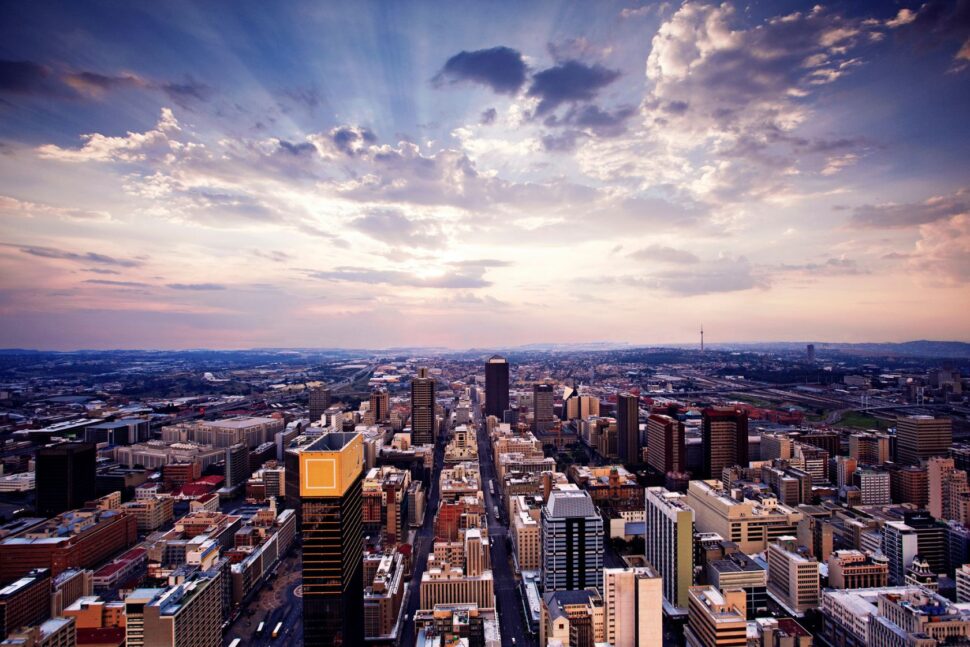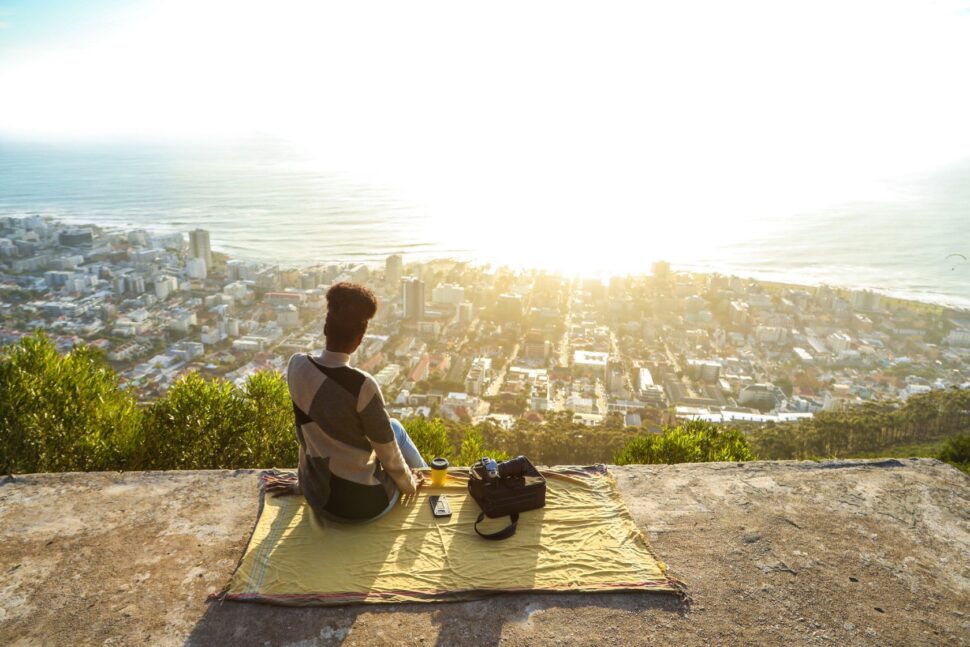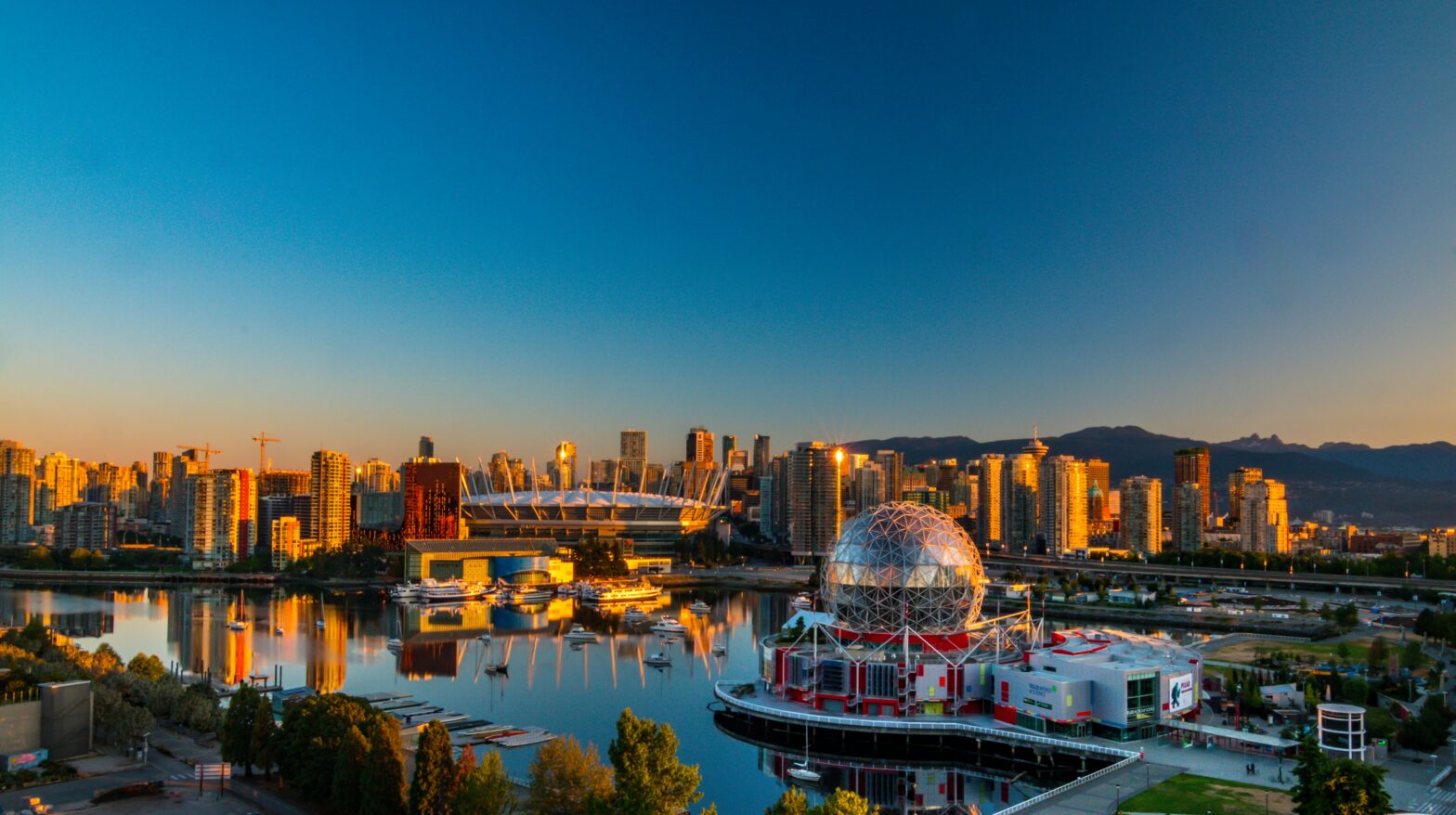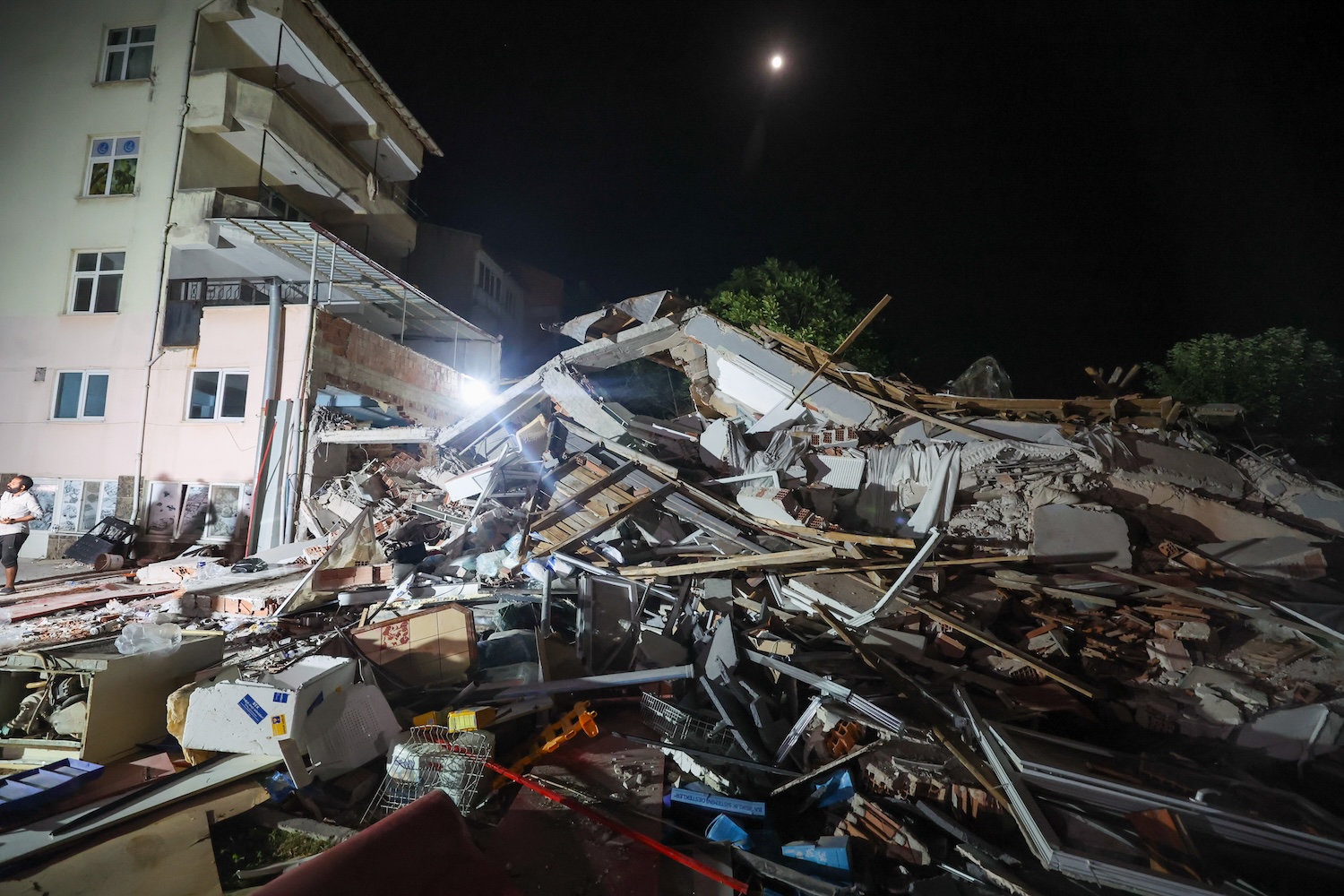When planning a trip to South Africa, selecting which cities will make it on the final itinerary can be overwhelming. Each city offers a different vibe, which can make a world of difference in terms of your preferred vacation style.
While Johannesburg is where you go when your lust for Amapiano keeps calling, Cape Town offers more diversity from its landscape to the people. Durban is another popular coastal city with its own unique points of interest.
One thing each city has in common is the thread of Nelson Mandela’s legacy to dismantle the Apartheid system, which institutionally segregated South Africa’s population by race from 1948 through the early 1990s. The country has preserved pivotal landmarks that mark significant moments in the life and mission of Mandela.
There is so much more to the culture and people of South Africa. A song found in spite of sorrow. A rhythmic, spiritual dance in the face of moments that might otherwise cause despair. A position of sovereignty, pride in one’s home country and the preservation of traditions passed down for generations.
Consider these city highlights when planning your visit to South Africa.
Johannesburg

Johannesburg is where Blackness is most beautifully on display throughout the city. More than 75 percent of the city’s 6.1 million population identifies as Black African. From nightlife to South African traditional culture, this is where you’ll find your fill.
Located in the Gauteng province, Johannesburg is a landlocked city in the eastern plateau area of South Africa. For a better understanding of the country’s history, start with visits to the Apartheid Museum and Constitution Hill. Soweto, a township in the city, is where you’ll discover the still-present effects of Apartheid. However, hope also is found in Madiba’s humble beginnings at Mandela’s House, where he lived from 1946 to 1962.
For creative inspiration, local food finds and art that overwhelms the senses in the best way, head to Maboneng. Large-scale works of art adorn the facades of mid-rise buildings, often portraying life and symbols of Africa through the artist’s lens. Cafes, local eateries, mini-art galleries and indie fashion designers line the main streets. More entertainment is found in hideaway social spaces on adjacent roadways.
One can’t truly speak on Johannesburg and not mention the plethora of nightlife entertainment in the city. Solo travelers and friend groups will find everything from a casual restaurant turn-up to reserved section bottle service clubs. The most committed homebody will find it hard to resist the swell of energy that permeates the clubs in Johannesburg.
Cape Town

Cape Town is much more diverse when it comes to the demographic makeup of the city. There are plenty of African experiences to explore, you’ll have to be more intentional about finding them.
Cape Town is where luxury meets the sea. Located in the southwestern corner of the Western Cape province, art, food, wine and culture flourish here. Visitors come to Cape Town from around the world to enjoy South African staples from wildlife to the Winelands.
A casual vacation day in Cape Town might find you exploring the Victoria & Alfred Waterfront, where shopping, good eats and family-friendly activities are plentiful. Zeitz Museum of Contemporary Art Africa is a stunning building that should be on every art lover’s itinerary. Some visitors make it a point to visit Robben Island, where Mandela spent 18 of his 27 years in prison. Others prefer time in nature, hiking Signal Hill for epic sunrises or taking in panoramic views from atop Table Mountain.
Not far from the city are several other activities that most travelers come to Cape Town for. Aquila Safari Private Game Reserve, where you can spot the ‘Big 5,’ is two hours away by car. Several wine regions including Stellenbosch, Constantia and Franschhoek are also nereby.
Vacationing in Cape Town is for adventurers as much as it is for foodies, oenophiles, families and solo travelers. It’s also worth mentioning that Cape Town holds its own in terms of nights on the town and dining experiences. Some of the best seafood dishes you’ll ever try will likely be while in Cape Town. For a nightcap after the sun goes down, head to Bree Street in the CBD area. On the weekends, head to The Neighbourgoods Market for great food, sounds by a local DJ and independent artist goods.
Durban

Although not as many travelers make their way to Durban, some may find that all the more reason to add it to the list. As the largest city of the KwaZulu-Natal province, Durban sits on the east coast of South Africa on the Indian Ocean coastline.
Of all the reasons to consider Durban, its warm weather and beautiful beaches are at the top of the list. Daytime temperatures range between the mid-70s and mid-80s year round, although the evenings can get chilly from March to October. Umhlanga Beach, uShaka Beach and Northern Umdloti Beach offer safe swimming waters or the perfect setting for a day in the sand. Durban is also where many go to check off bucket list whale-watching tours.
African, Colonial and Indian influences blend together in the city, forming a colorful Afro-Indian culture that characterizes this region of the country. One signature trademark of the city is its popularity as one of the world’s curry capitals. Bunny chow is a popular Indian dish made with a half-loaf of bread that has been hollowed out and filled with curry. This dish, along with other traditional Indian dishes, is on the menu of various restaurants around the city, so prepare to eat your way through Durban.
Durban delivers more than beaches with several museums and nearby attractions worth a visit. The Phansi Museum provides context to local traditions and way of life in the region. Through its collection of artifacts, learn firsthand how everyday South Africans navigate daily life, commemorate special occasions and celebrate their ancestry through handmade goods.
Less than two hours inland from Durban is the Nelson Mandela Capture Site, where a museum stands today. Similar to other museums surrounding Mandela’s legacy, visitors can dive into the state of South Africa leading up to his arrest, the decades that followed and intimate portraits of the former president in his latter years. Be sure to visit Howick Falls along the route, a beautiful natural landscape and the second-tallest waterfall in South Africa.





